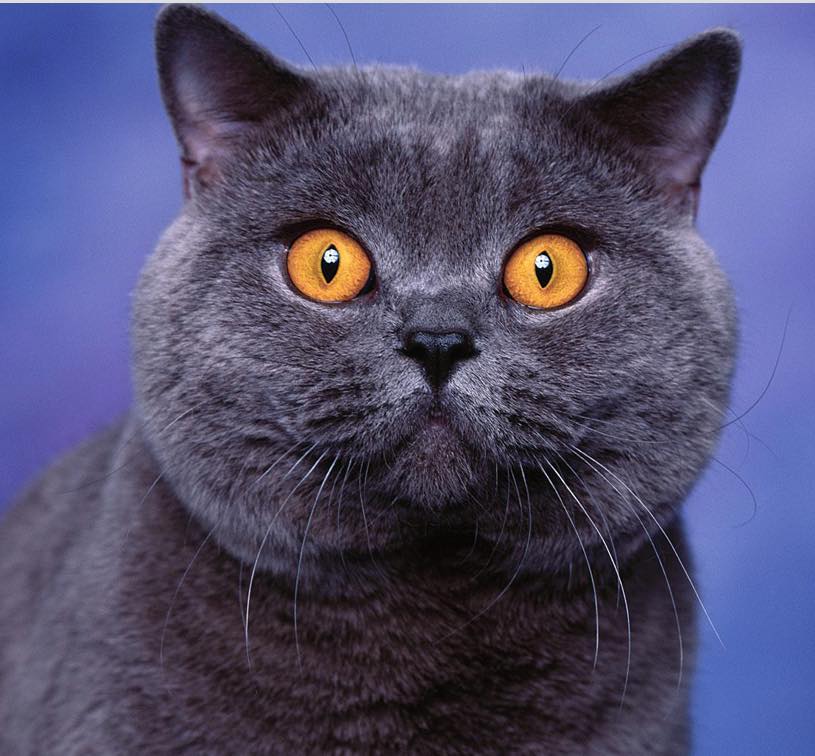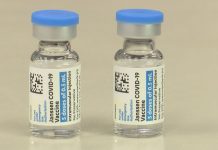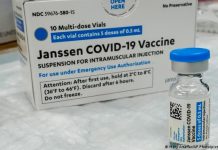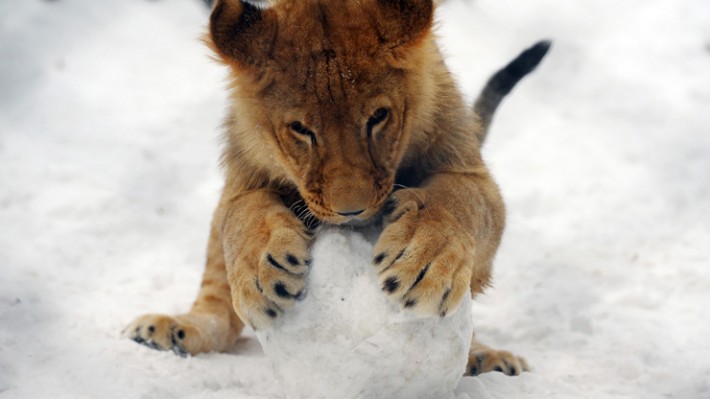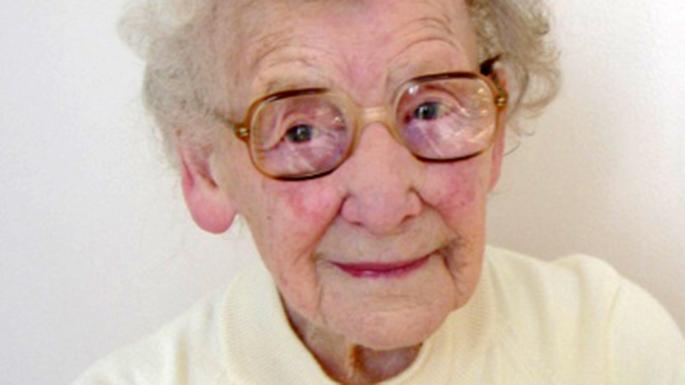BOSTON —The Animal Rescue League of Boston has identified a potentially fatal virus outbreak affecting cats in Mattapan.
The disease in question is called panleukopenia.
What Are The Symptoms Of Panleukopenia ?
We tend to think of a severe disease with dramatic symptoms when we think of panleukopenia. It is easy to forget that many cats suffer only mild to moderate signs, go on to recover completely without treatment, and remain immune to the disease for the rest of their lives. The dose of virus that the cat is exposed to, the cat’s general health, and , most importantly, its age and immune status determine the severity of panleukopenia infections.
The younger a cat is when it develops panleukopenia, the more severe the disease is likely to be. Kittens that lack maternal protection usually develop the disease 2-7 days after exposure. This is panleukopenia in its peracute form – severe and rapidly fatal. These kittens are extremely uncomfortable. Their tummies are bloated, gassy and painful. Their body temperature rapidly drops and they drift off into shock, and collapse, often dying before diarrhea or dehydration develops. Those that survive 3 days or longer often have a short spike of high fever, vomiting and diarrhea before fading. Some rest motionless in a praying position with their head extended between their paws.
The diarrhea of panleukopenia can be explosive and its smell is usually very odorous and quite objectionable. Diarrhea often becomes bloody and combined with their general reluctance to drink, these cats rapidly become dehydrated. Dehydration causes their third eyelid to extend over the nasal side of their eyes (the medial canthus) and their skin to have a clay-like consistency when pinched. Elevated fevers (up to 104F) rapidly are replaced by sub-normal temperatures (less than 100.F). Body temperature below 100F is a particularly disturbing and grave sign.
Older cats that develop the disease sometimes sit in front of their water bowls or food dishes drooling – as if interested but reluctant to eat. These cats are often severely depressed and apathetic to their environment. Their hair coat is usually matted and they show no interest in grooming.
In my experience, the course of a panleukopenia infection is usually a steady ski slope downward. If the cat’s condition plateaus (levels out) for 12 hours, the cat will almost certainly recover. It is not a disease that has ups and downs.
So the symptoms of panleukopenia can be very mild or very serious. When they are serious or fatal, it is because the virus has destroyed the cells that line your cats intestine and the defensive white cells of its blood. No other sudden, infectous disease causes the extensive white blood cell loss that panleukopenia does.
How Is Panleukopenia Transmitted Between Cats ?
How Would My Cat Catch It ?
Feline Panleukopenia is a very contagious virus. That is because the loose, watery stools (and, to a lesser extent, vomit) of infected sick cats fill the sick cat’s immediate environment with enormous numbers of infective virus that can persist in that environment for a very long time. Panleukopenia does not move through the air or transfer through insect bites. It can be carried from place to place by humans on contaminated objects, hands and shoes – but that is not how it routinely spreads. Cats are dedicated groomers, so any virus that come in contact with the cat’s fur are soon ingested as the cat preens itself. Cats are, by nature, very clean animals that guard their own space. But in animal shelter environments, that natural cleanliness and spacing can not occur.
Most kittens under 11 weeks of age have some residual protection against the virus due to the temporary immunity passed to them through their mother’s milk. But after that time and until about 16 weeks of age when their immune system is fully functional, up to three-forth of them will die if exposed to the virus. As the kittens mature more, the fatality rate drops due to their increased body reserves to weather the effects of infection as well as increased body mass to weather the dehydration that accompanies diarrhea. Exposure to massive amounts of panleukopenia may be able to over-ride the immunity of kittens that still have partial immunity derived from their mother and cause them to break with the disease – we really do not know.
The mortality rate in stressed and malnourished cats is higher than in those better prepared to weather the infection. Concurrent infection with other diseases can also make panleukopenia infection more severe. A living area that once housed an infected cat can look perfectly clean but still contain the virus. Only a thorough scrubbing of pre-cleaned areas with bleach or a phenolic disinfectant is likely to cleans surfaces satisfactorily.
As a result of the outbreak, the League has announced that it will be holding a free feline distemper vaccine clinic on Saturday. The clinic will be held at the corner of Harvard Street and Walk Hill Street from 9:30 a.m. to 12:30 p.m.


